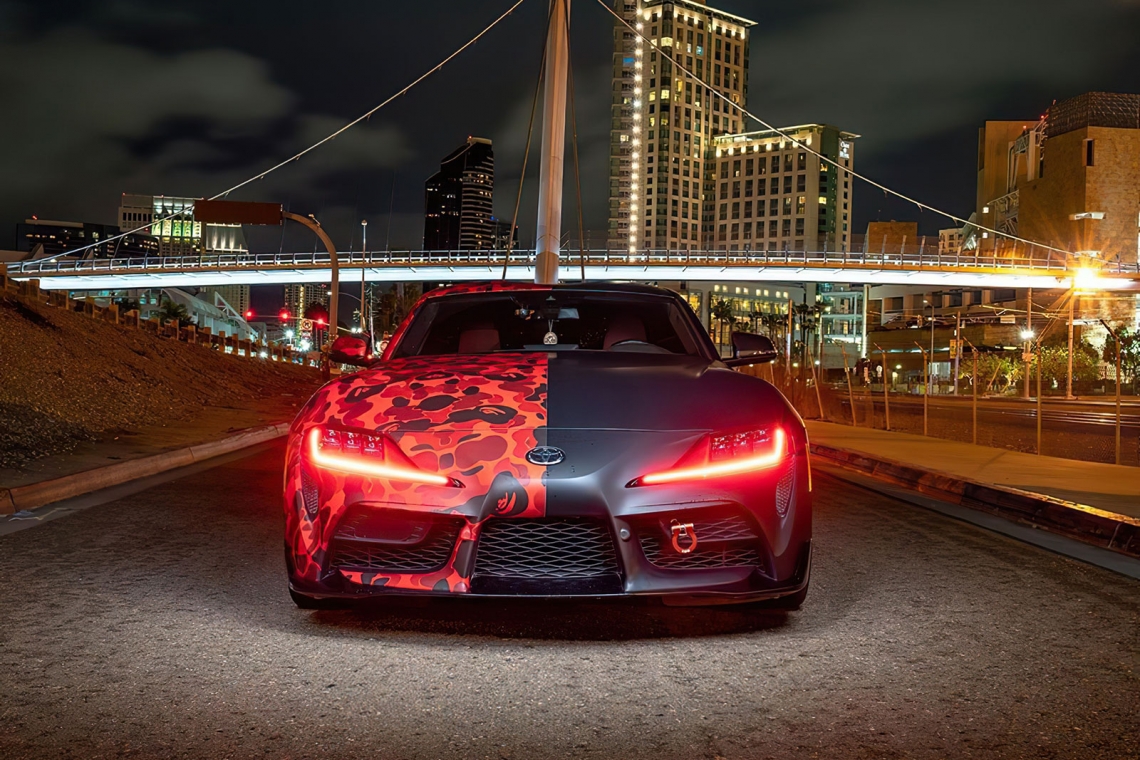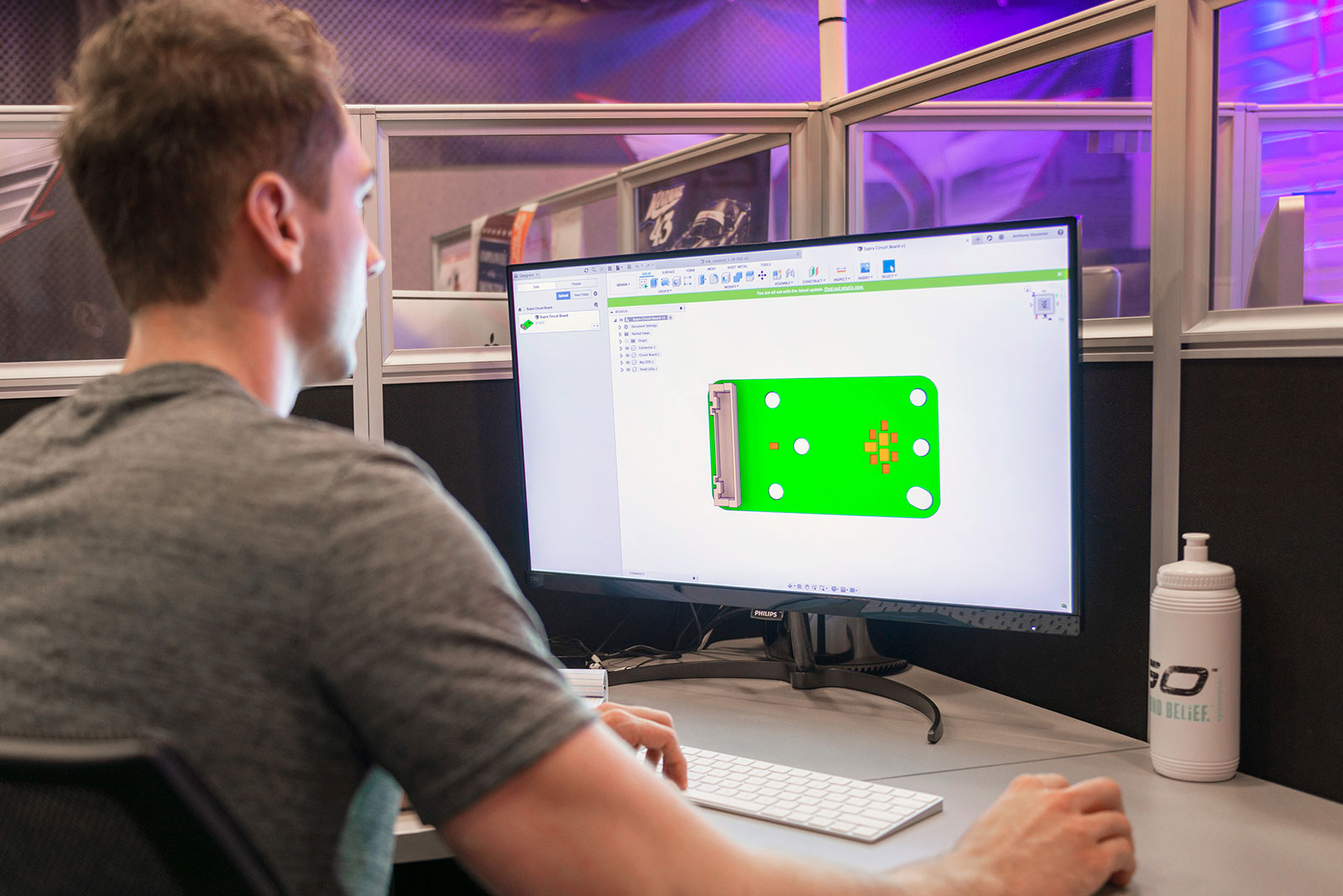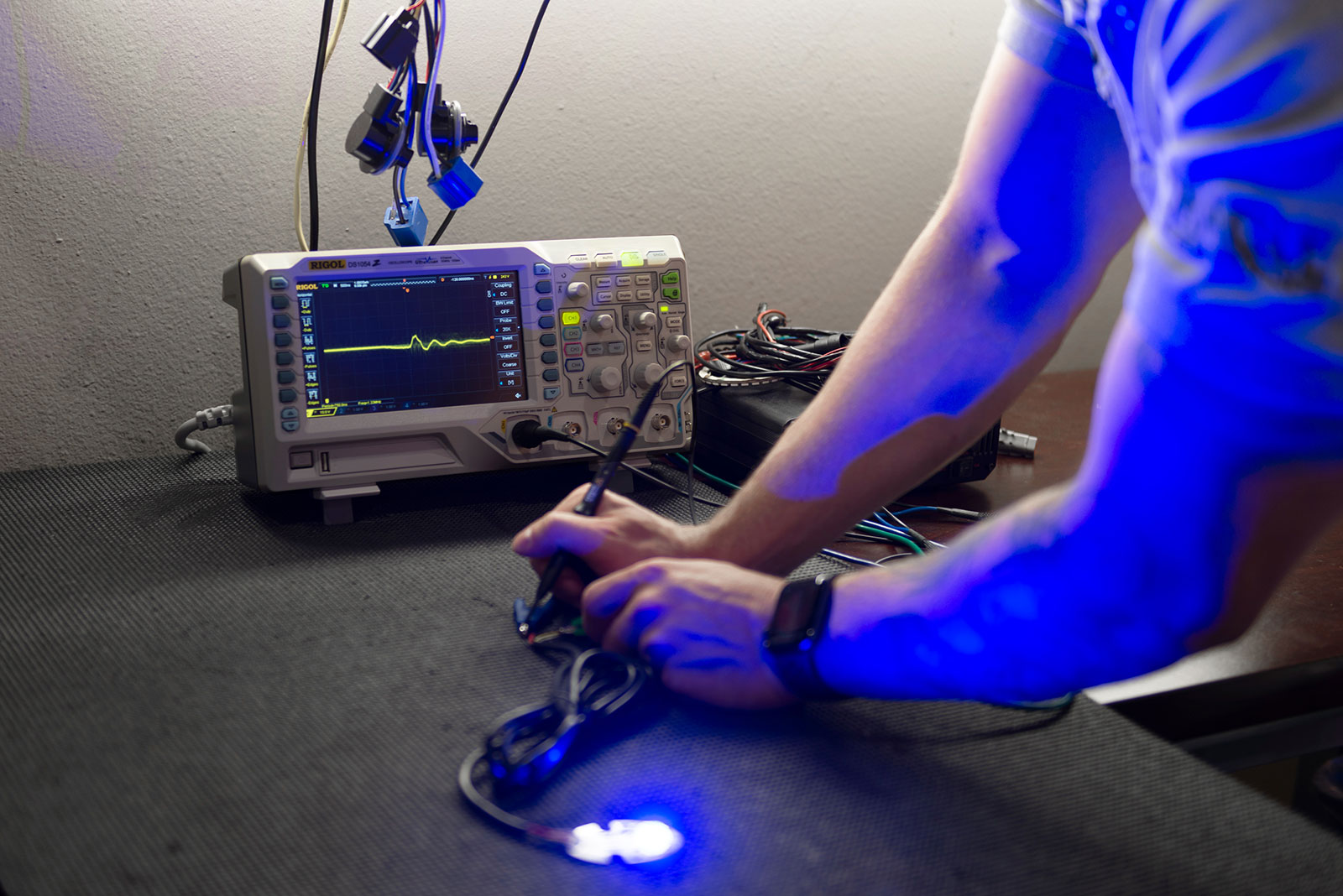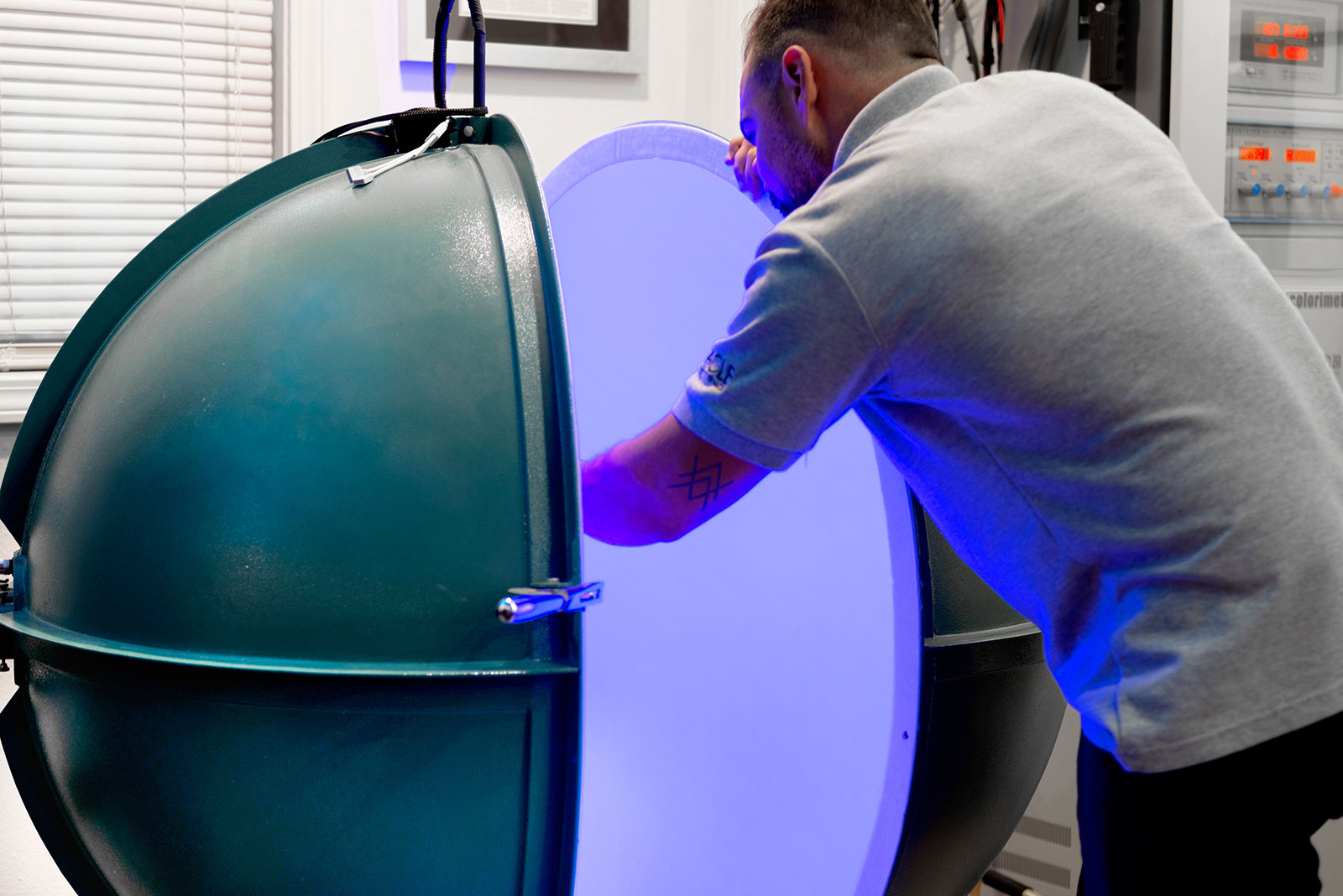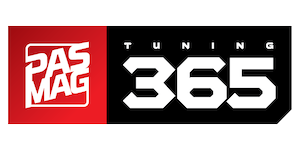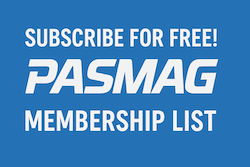Examining what it takes to create the highest quality aftermarket lighting with ORACLE Lighting
Anyone who has been to a big show over the last few years has no doubt seen some impressive aftermarket lighting on a variety of cars. Color-changing, controllable RGB lighting is more popular than ever to enthusiasts looking to add some flare to their vehicles, but opting for cheaper or lower quality lighting can have the opposite of the desired effect. When it comes to lighting, you get what you pay for most of the time, and with ORACLE Lighting’s R&D process, you’re buying a guarantee of OEM or better quality and fitment. The new Supra is a perfect example.
DESIGN
Anthony Hostetler, Industrial Designer at ORACLE Lighting, explains the early stages:
“From a research and design standpoint, the Supra was going to be a fun project because of how new the car is. After disassembling the headlight and getting into the circuitry, the process really moved at a rapid pace. Analyzing all measurements of the current circuitry, through a digital caliper, measuring got all the way down to hundredths of a millimeter. All this data was drawn in a computerized 2D format for precision.
After completing the 2D computer drawing, a 3D model was constructed. With everything drafted out, it is a really quick process to build all the necessary parts before hand-off to engineering. This included LED placement, hole placement, wiring, etc. 3D CAD models are great for sharing because it gives an exact representation to what you as the designer envision for a product. Sometimes there are some minor tweaks to the design, but that is part of the collaboration between the design and manufacture of a new product.
From a designer standpoint, you see the entire product come around from start to finish. Starting from a simple drawn out design, to it evolving into a physical piece that can improve a car's style. It is always rewarding to see that end result.”
QUALITY CONTROL
Justin Hartenstein, Director of Product Development at ORACLE Lighting, explains why certain decisions are made in development with the end consumer’s ease of use in mind:
“There are a few important criteria we identify and CTQ items (Critical to Quality) which we focus on during the design process.
The first is ease of installation. It is important for a good customer experience that the installation is not overly burdensome. If it is an intricate installation, then we have to be sure that we have tools in place to aid the user or installer. That may include items such as special hardware kitted with the product, providing in-depth videos of the process, or creating diagrams to help simplify the process. In this case, with the Supra ColorSHIFT upgrade the installation process is incredibly simple. The installer does not need to dissemble the headlights, the DRL Circuit Board is accessible from the back side of the light. Simply remove the factory DRL Circuit Board and install the new ORACLE ColorSHIFT RGB+A Circuit Board using the original hardware and connect the boards to the ColorSHIFT controller. I wish that all of the headlight installations were this easy.
Another CTQ is features, we want to add additional features for the user without losing any of the factory features. In this case we are converting the very predominant DRL light in the Supra headlights to a color-changing LED setup. The user can still set the lights to white for normal on-road DRL functionality, but they can also change the color, brightness, and patterns of the DRL light. This comes in handy for car shows, meets, cruises, and other “off-road” activities. The Lights can be synced with our BC1 controller ColorSHIFT app which gives the user the ability to change the light options from their smartphone. In addition to the color changing RGB function this is a RGB+A device which adds amber LEDs to perform a turn signal function. “
“CONSTANG IMPROVEMENT CYCLE”
Justin Perret, Product Specialist at ORACLE Lighting, explains how the product development process constantly seeks to improve the end user experience from inception to completion of the physical product, and long after it leaves their building.
“My responsibility as Product Specialist is to utilize over a decade of knowledge and experience in the Mobile Electronics field to ensure that, throughout the design process, we maintain a focus on quality and longevity of the product to provide an overall better user experience.
From BETA testing & communicating any changes or improvements that can be made prior to production, or in some cases, during or after production based on feedback from our consumers through our “Constant Improvement Cycle”, to generating information to educate our consumers on how to install specific kits, the user experience is top of mind when working on the newest ORACLE product.”
It’s no surprise that ORACLE’s products are so popular among consumers when you can see the care and dedication that each individual product receives from the development phase all the way to production. With years of experience providing for OEM manufacturers in the automotive, marine, and heavy equipment industries, ORACLE Lighting has reached the pinnacle of lighting product development. If you’re looking for the new Supra lights, or any aftermarket lighting for your own ride, check out www.OracleLights.com.
Photography by @xolotl.media
Related Articles
 Nicholas Buettner - 2023 Toyota GR Corolla
Nicholas Buettner - 2023 Toyota GR Corolla
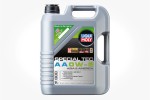 New motor oil for Mazda and Toyota models: LIQUI MOLY Special Tec AA 0W-8
New motor oil for Mazda and Toyota models: LIQUI MOLY Special Tec AA 0W-8
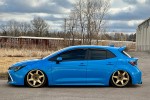 Air Lift Performance Performance Kits for 2019-2023 Toyota Corolla
Air Lift Performance Performance Kits for 2019-2023 Toyota Corolla
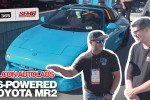 FC AutoLab's Turbo V6-Powered Toyota MR2
FC AutoLab's Turbo V6-Powered Toyota MR2
 Rain-X Latitude Water Repellency Wipers Make Winter Driving Bearable
Rain-X Latitude Water Repellency Wipers Make Winter Driving Bearable
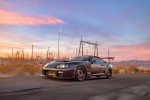 Swiss Army Knife: Joshua Stubstad's 1993 Toyota Supra
Swiss Army Knife: Joshua Stubstad's 1993 Toyota Supra


